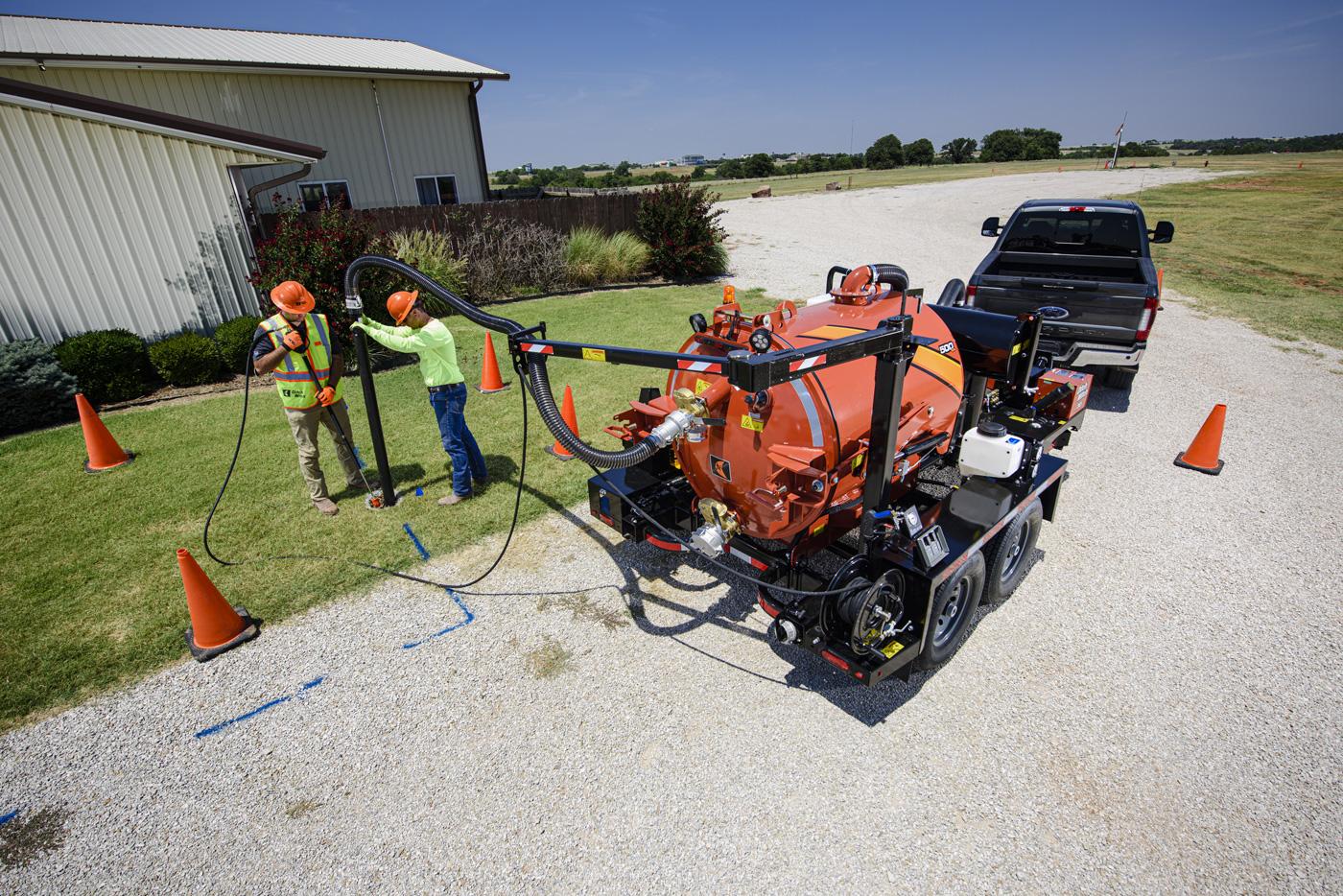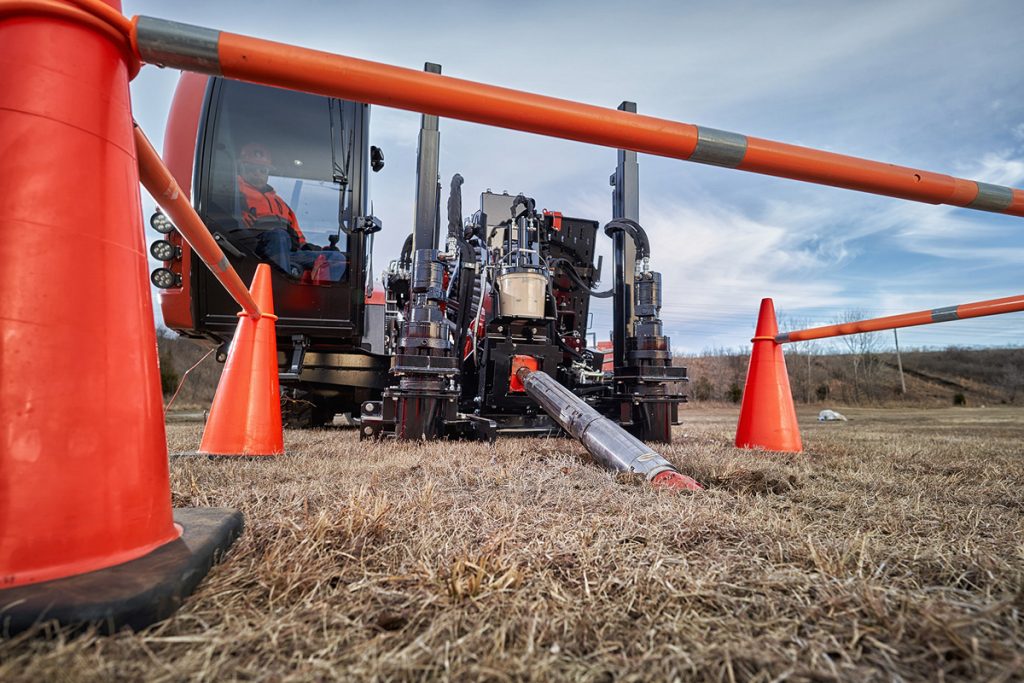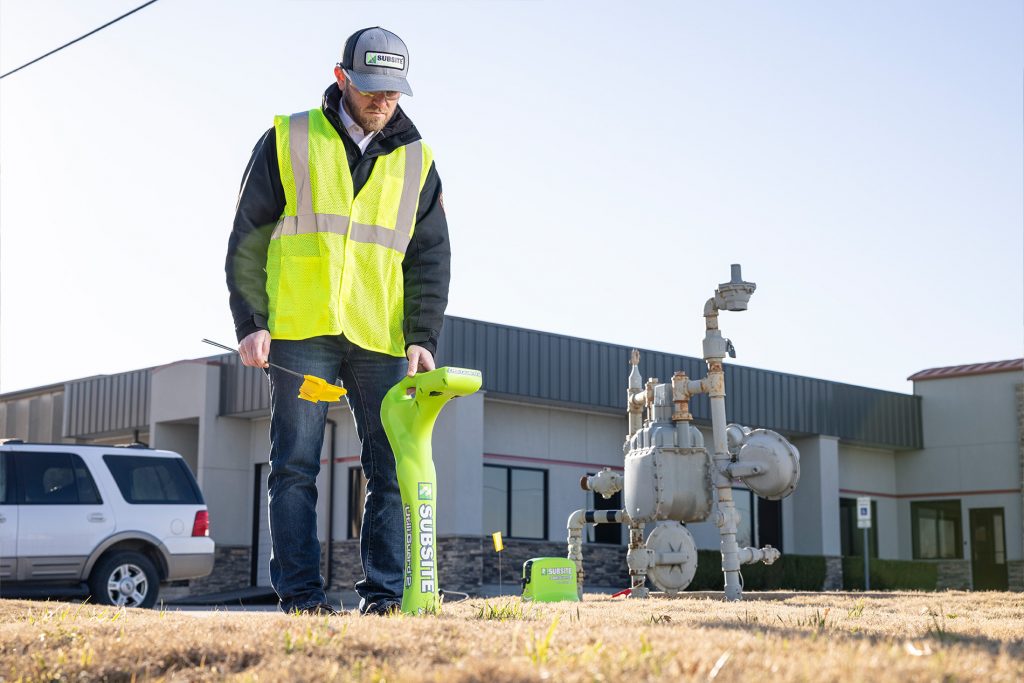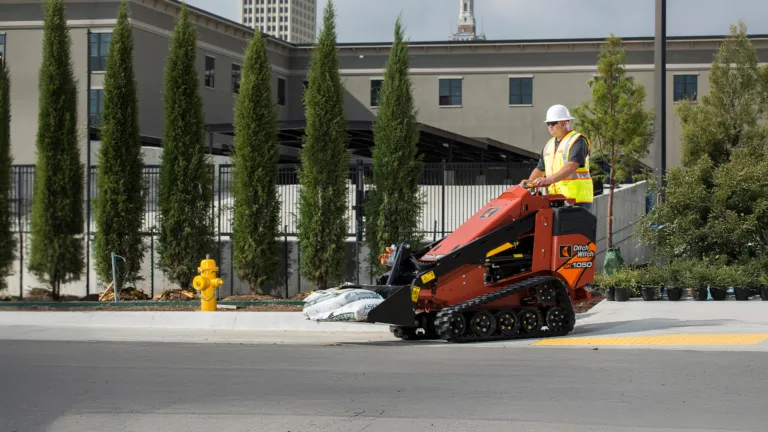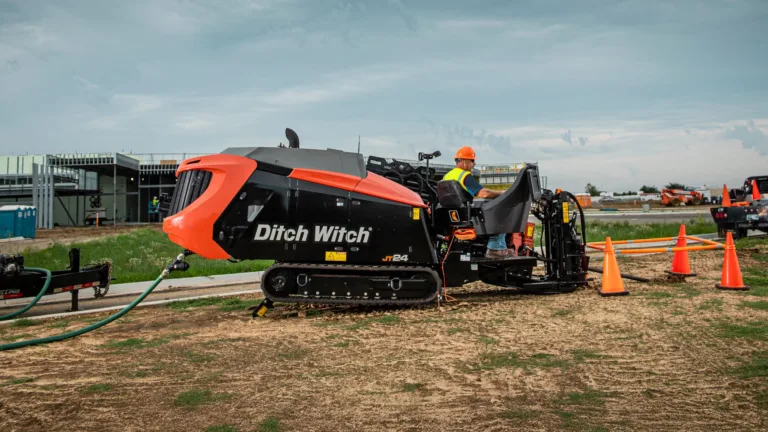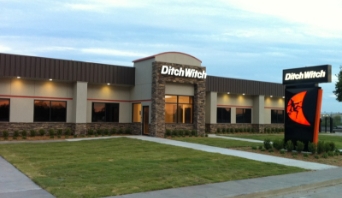When it comes to HDD, everyone plays an important role in mitigating damage—from utility locating professionals to equipment manufacturers. However, one of the most thorough steps in the process toward mitigating damage and risk is exposing utilities. This is done for a few key reasons.
1. It can be used to verify that locates are accurate. The project engineer may hire a crew to expose utilities during the planning stage to confirm locates and find accurate GPS and location information. After the job has been bid, contractors should expose all located utilities in a jobsite to verify the locates. If accurate GPS and depth information isn’t available, or if a utility is unable to be located due to its depth or location, exposing utilities here will provide that information for a contractor.
2. It can be used during an active drill job to ensure existing utilities aren’t struck. Location regulations dictate the specific requirements for when a utility needs to be exposed. But the standard best practice is to always expose a utility that is being crossed by bore path, exit or entrance pits or anchoring position of the drill.
3. To expose utilities that run parallel to the bore path—known as paralleling. Every utility company, drilling contractor or municipality will have their own established regulations for how and when parallel lines need to be exposed, but most commonly parallel lines are verified through potholing along with a utility. This is done to ensure a utility doesn’t veer into the bore path. For example, if a bore path is 20’ from parallel utility, a crew may choose to pothole every 50’ to check that the utility is still running vertically; if a bore path is 10’ from a parallel utility, a crew should choose to pothole every 20’. While utility installation crews typically drill in straight lines during installation there are a number of factors that could lead to a curve in the existing utility.
Exposing utilities should always be done with a soft excavation method like hand digging, or more commonly, vacuum excavation. In fact, depending on the state, there is an 18- to 24-inch tolerance zone required on each side of the located utility, within which only soft excavation methods are allowed.
Exposing a utility using soft excavation is commonly called daylighting. It’s common for utilities to be stacked on top of each other–especially in older cities which had infrastructure placed via open-cut methods before HDD was the preferred method of installation. Exposing just to the top of the utility can lead to strikes if there is a second line underneath. Best practice dictates daylighting to the lowest depth that a bore will travel. The backream of a bore will be larger than the size of the pilot hole, and crews must make sure to account for this increased size when determining their potholing depth.
Daylighting/Potholing
Daylighting or potholing is generally done through vacuum excavation. Whether through air excavation, or most commonly, hydro excavation, this form of soft excavation is less invasive than other forms of mechanical excavation. It’s also more efficient than hand digging, making it ideal for exposing utilities quickly without damaging them.
When exposing utilities, it’s important to discuss exposing standards with the utility owner. Most utility owners will have their own requirements for exposing their utility. For example, gas line owners will often recommend using a maximum of 2,200 psi when exposing their utilities with a hydro excavator to prevent any damage.
For utilities that don’t have specialized guidelines, daylighting with a hydro excavator should be done by using pressures between 2,500 to 3,000 psi; daylighting with an air excavator should be done at 300 psi. This is often lower than the power that a vacuum excavator can produce, but using above 3,000 psi can potentially damage a utility–negating the point of exposing utilities with soft excavation in the first place.
In addition, water temperature should be kept as low as possible and not exceed 150 degrees Fahrenheit.
When daylighting with a hydro excavator, the nozzle should be kept between 6 and 8 inches from the utility and should never be used as a shovel or pry bar. Hydro excavators should also be equipped with a spinning, conical-spray-style nozzle as these nozzles limit the exposure time of direct spray to the utility. An industry study revealed that even with the most extreme conditions–at 3,000 psi, with 180-degree Fahrenheit temperature and 0.5 inches away from a utility–a conical-spray-style nozzle that is constantly kept moving did not cause damage on the tested utility.
These extreme conditions were meant for experimental use only; however, they demonstrate that keeping the nozzle constantly moving to avoid extended pressure, with the right nozzle, temperature and psi, will lead to safe and efficient exposure of utilities.
Coring
Another form of exposing utilities is through coring. Especially in urban jobsites, coring is a less invasive form of potholing suitable for concrete environments. Coring allows for a small core of road to be removed, the utility daylighted and visually inspected, and the core returned to its place with an approved reinstatement method. Some manufacturers offer coring attachments to keep this process simple and quick. Certain states like Arizona require coring as the method of exposing utilities when in a paved road. Some others require that the entire block of road be replaced if potholing is completed with a method other than coring.
At the end of the day, a job well done is defined by more than a completed dig or installation. It’s being on time and on budget while keeping equipment—and more importantly—crew safe. Exposing utilities is a necessary and important step toward that goal.
This is the final piece of a three-part series on fiber. See below to read the other two articles.


